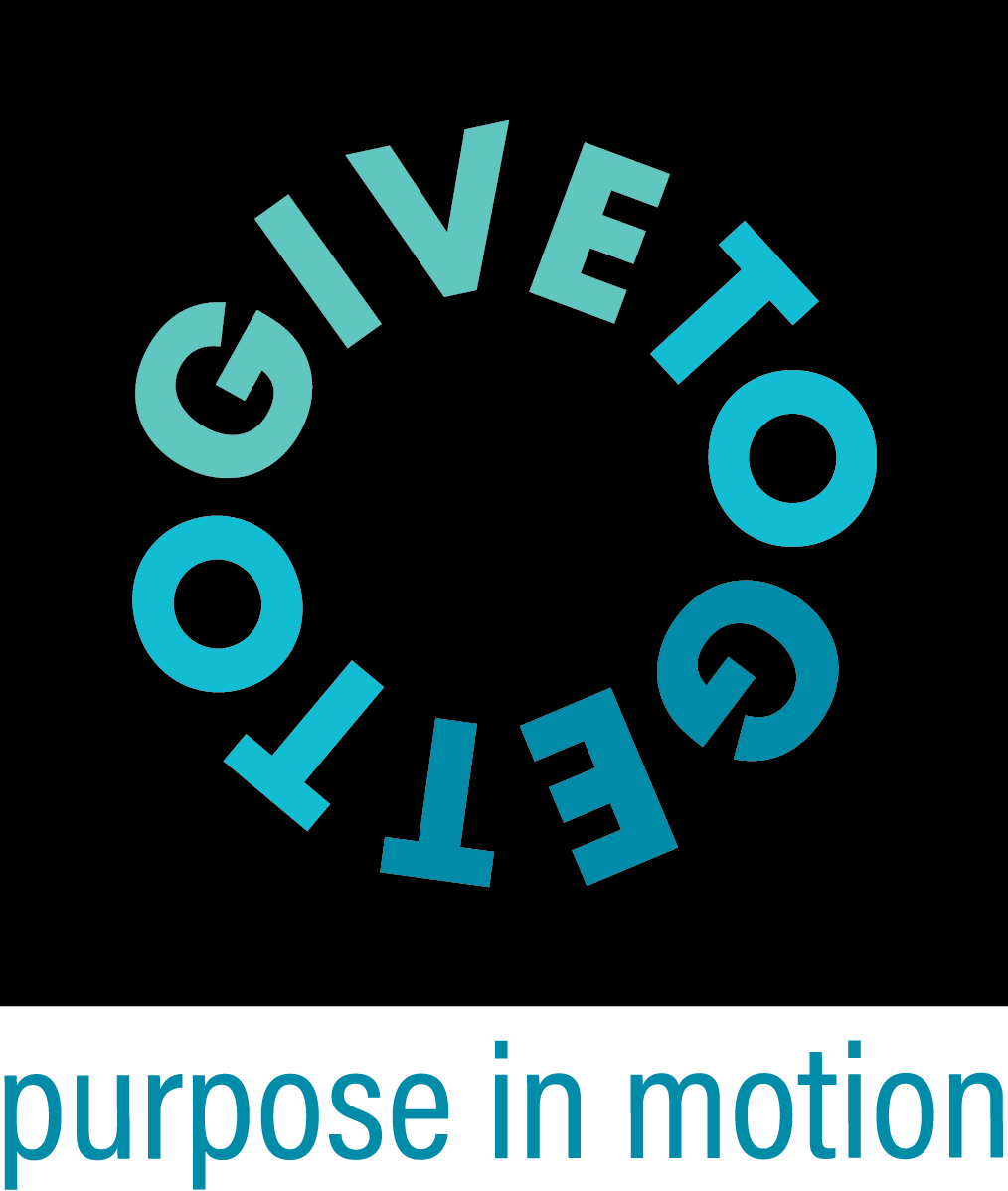Three Common Social Impact Pitfalls
Photo by Jamie Street on Unsplash
If the last year taught us anything, it has taught us that the only way that we will be able to get to the other side of the pandemic is by taking care of each other – whether through individual actions or corporate engagement. For corporations, the best way to do this is by building a robust, authentic social impact strategy.
Old strategies might not work in a new normal. Over the past 25 years, we have seen the good and bad of social impact strategies. As you take another look at yours, avoid these easy-to-find pitfalls.
Ignoring the brand
There is a lot of need in the world and multiple ways to help. But when you are a company trying to figure out the best way, it is always a mistake to ignore the company brand when figuring out their strategy. Often, when brands are beginning to form their social impact strategy, they may choose to focus on newsworthy or ‘hot’ topics. Although the intention is good, by choosing an impact area that doesn’t align with the brand, there’s a limited amount of good that can be done. Further, ‘hot’ topics come and go. The strategy might not be sustainable over time nor continue to garner the resources within the company. Social impact budgets are dwarfed by brand budgets. Leveraging brand investments with social impact gets a lot of bang for the buck.
Brands that you respect have purposes that truly resonate fully with the company. It might be obvious, but Patagonia continues to be a north star in this regard. An outdoor clothing and gear retailer, their focus on the most pressing environmental issues facing the world resonates with the brand, its consumers, and its employees, Patagonia has continued to be an environmental leader despite CEO changes.
Going too broad
As noted above, there are many ways that companies can impact the community, and a lot of different constituencies inside a company with different ideas on who to help. By choosing one or two focus areas that connect to the brand, companies are able to make a wider, deeper impact on both the company and the community. In 2018, Cisco CEO Chuck Robbins saw the local homelessness issue plaguing the area where his company was based and pledged the company’s support in ending homelessness and poverty in Santa Clara County. By focusing resources on that issue, Cisco was able to invest $50 million to a partnership with Destination: Home. Further, multiple employee engagement campaigns addressed the issue from many sides. It continues to be a long-term and multi-faceted effort to help people suffering from homelessness.
Silos
Corporate social responsibility teams do not need to be sectioned off from the rest of company. They aren’t the bleeding hearts you might think they are. The modern CSR team is a strategic asset to the enterprise that can be deployed both internally and externally. And while they know what matters for community, they do not need to own all the good work. When a social impact strategy is aligned with the brand and focused, the entire organization can be creative and productive pieces of the execution.
Some of our biggest activations have involved marketing teams. In Australia, we created customized volunteer events for Optus, a telecommunications company, to engage 15,000 youth in four cities over three years. These events helped re-establish Optus as the No. 1 brand choice for 16- to 24-year-olds. Coke, Orange, and Diageo have also taken advantage of these types of opportunities.
At other companies, human resource leaders play a part by including volunteer events in employee engagement campaigns. The Cone Communications Millennial Employee Study found that 64% of Millennials won’t take a job if their employee doesn’t have a strong CSR policy, and 83% would be more loyal to a company that helps them contribute to social and environmental issues.
Employees themselves may choose to champion some of the same initiatives that their company is passionate about through their Employee Resource Groups. If a company champions education, groups for female-identifying employees may choose to support Girls Who Code, STEMBlazers, or other local nonprofits that teach girls about STEM. If your company is passionate about the environment, this group could assist a local Girl Scout troop earn their Eco Explorer or Buddy Camper badge.
If you want to build — or improve — your social impact strategy, our team can help. Book a meeting to determine which of our solutions will meet your needs.

